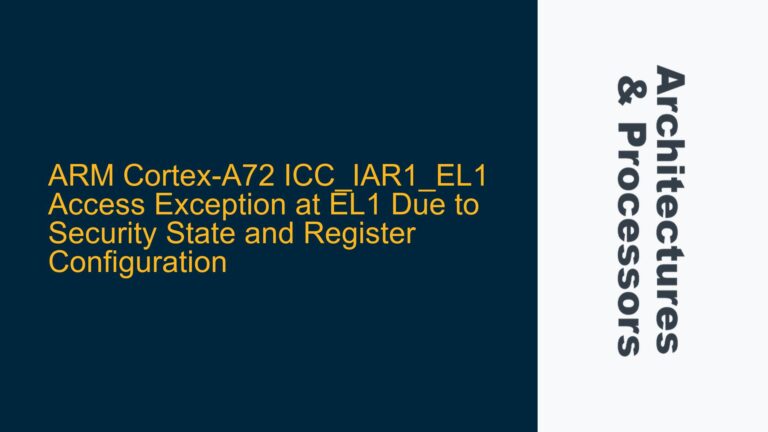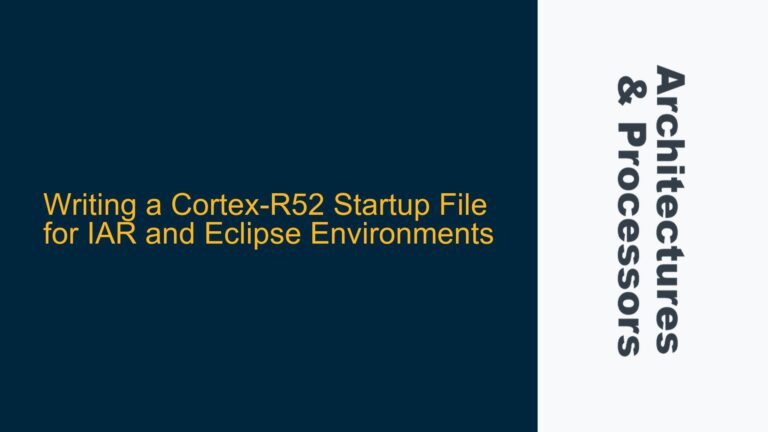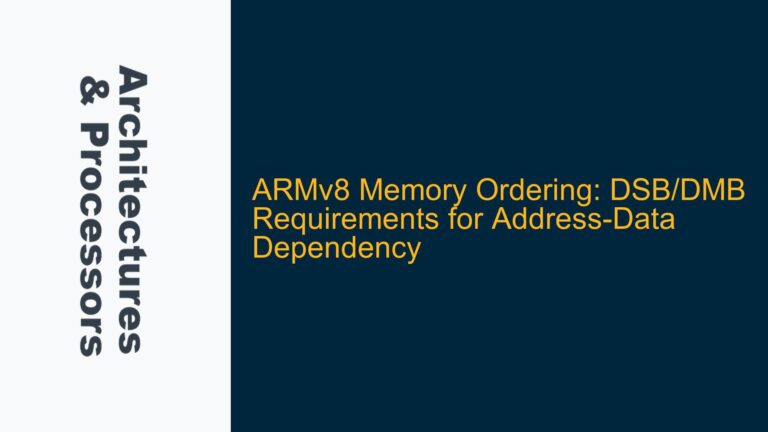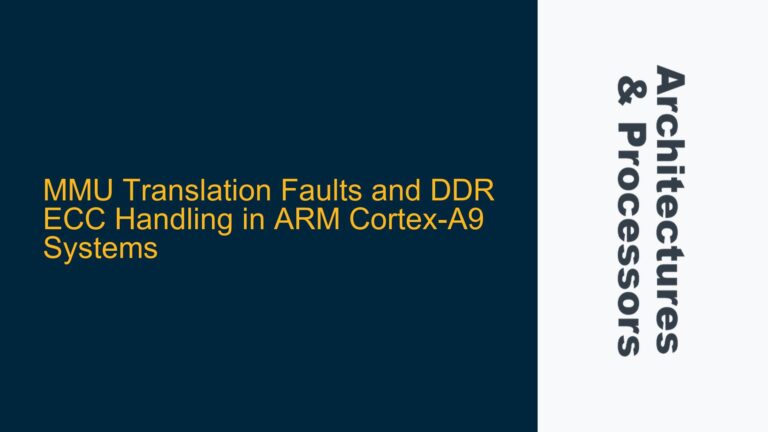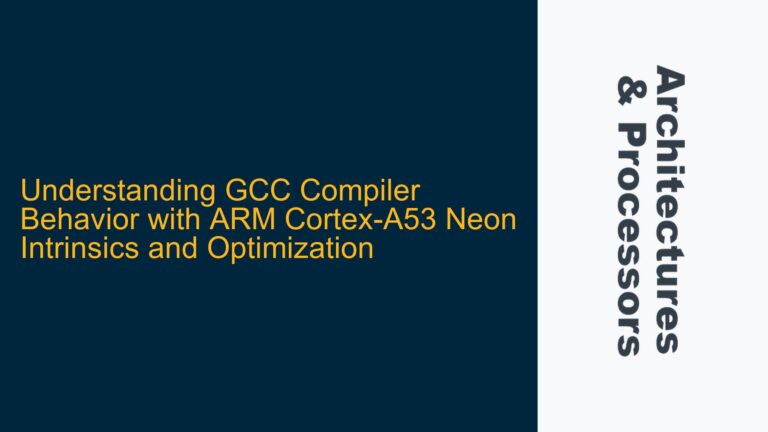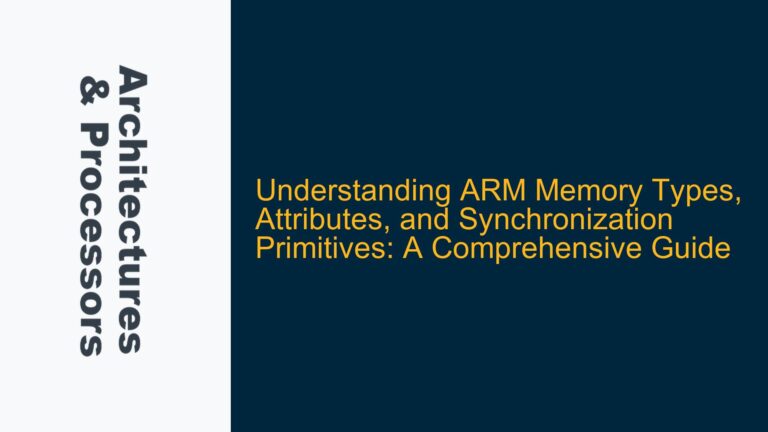AXI Outstanding Transactions and Memory Latency Impact on Read/Write Symmetry
The core issue revolves around the performance implications of AXI (Advanced eXtensible Interface) outstanding transactions when interfacing with a memory subsystem that exhibits variable latency characteristics. Specifically, the concern is whether read and write transactions will exhibit symmetrical latency behavior when the memory subsystem has a high initial access latency (200 cycles) followed by a significantly lower subsequent access latency (1 cycle). Additionally, the system employs an outstanding transaction queue depth of 16, which complicates the analysis due to the interplay between transaction pipelining and memory latency.
In AXI-based systems, outstanding transactions allow multiple transactions to be issued before the completion of prior transactions, thereby improving bandwidth utilization. However, this feature can lead to performance degradation if the memory subsystem cannot keep up with the rate of transaction issuance. The memory subsystem in question has a high initial access latency, which means that the first access to a memory location takes 200 cycles, while subsequent accesses to the same or different locations take only 1 cycle. This non-uniform memory access (NUMA) behavior can lead to significant performance bottlenecks, especially when the outstanding transaction queue is deep (16 in this case).
The key question is whether read and write transactions will exhibit symmetrical latency behavior under these conditions. In many systems, write transactions can be posted, meaning that the write response can be returned before the data is actually written to memory. This can lead to shorter apparent write latency compared to read latency, which requires the data to be fetched from memory before the read response can be issued. However, the extent of this asymmetry depends on the specific implementation of the memory controller and the AXI interface.
Memory Controller Behavior and AXI Protocol Constraints
The asymmetry between read and write latencies in AXI-based systems is influenced by several factors, including the memory controller’s handling of posted writes, the depth of the outstanding transaction queue, and the specific timing characteristics of the memory subsystem. In systems where the memory controller supports posted writes, the write response can be issued as soon as the write data is accepted by the memory controller, without waiting for the data to be written to memory. This can result in significantly shorter write latencies compared to read latencies, which are constrained by the memory access time.
However, the depth of the outstanding transaction queue plays a critical role in determining the overall system performance. With a queue depth of 16, the system can issue up to 16 transactions before waiting for any of them to complete. This can lead to a situation where the memory subsystem is overwhelmed with transactions, especially if the initial access latency is high. In such cases, the memory controller may need to throttle the transaction rate to avoid saturating the memory subsystem, which can lead to increased latency for both read and write transactions.
The AXI protocol itself imposes certain constraints on transaction ordering and completion. For example, read transactions must be completed in the order they were issued, while write transactions can be completed out of order. This can further complicate the latency analysis, as the memory controller may need to reorder transactions to optimize performance. Additionally, the AXI protocol allows for different burst lengths and transaction sizes, which can also impact the overall system performance.
Optimizing AXI Transaction Scheduling and Memory Controller Configuration
To address the performance degradation caused by high memory latency and deep outstanding transaction queues, several optimization strategies can be employed. First, the memory controller should be configured to prioritize critical transactions, such as those with tight timing constraints or high priority. This can be achieved by implementing a priority-based arbitration scheme within the memory controller, which ensures that high-priority transactions are serviced before lower-priority ones.
Second, the AXI interface should be optimized to minimize the impact of high memory latency. This can be achieved by adjusting the outstanding transaction queue depth based on the memory latency characteristics. For example, if the memory subsystem has a high initial access latency, the queue depth should be reduced to avoid overwhelming the memory controller. Conversely, if the memory subsystem has a low subsequent access latency, the queue depth can be increased to improve bandwidth utilization.
Third, the memory controller should be configured to support posted writes, which can significantly reduce write latency. However, this requires careful management of write buffers to ensure that write data is not lost in the event of a system failure. Additionally, the memory controller should be configured to handle out-of-order write completions, which can further improve performance by allowing the memory controller to reorder transactions based on memory access patterns.
Finally, the system should be thoroughly verified to ensure that the AXI interface and memory controller are functioning correctly under all possible operating conditions. This includes testing the system with different memory latency profiles, outstanding transaction queue depths, and transaction sizes. The verification process should also include stress testing to ensure that the system can handle peak transaction rates without experiencing performance degradation.
In conclusion, the performance degradation caused by high memory latency and deep outstanding transaction queues in AXI-based systems can be mitigated through careful optimization of the memory controller and AXI interface. By prioritizing critical transactions, adjusting the outstanding transaction queue depth, and supporting posted writes, the system can achieve symmetrical read and write latencies while maintaining high bandwidth utilization. However, these optimizations require a deep understanding of the AXI protocol and the specific characteristics of the memory subsystem, as well as thorough verification to ensure correct operation under all conditions.

